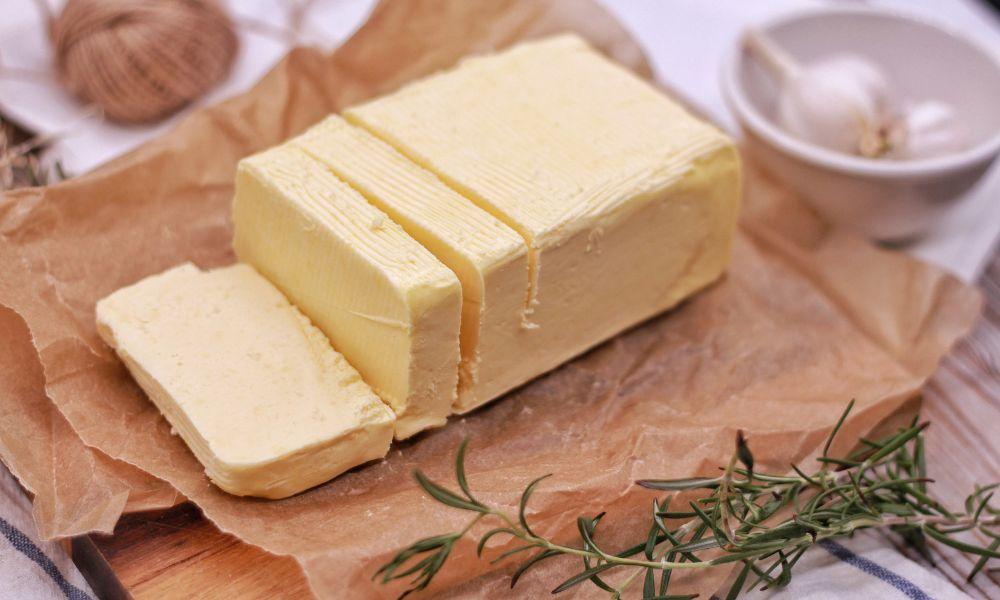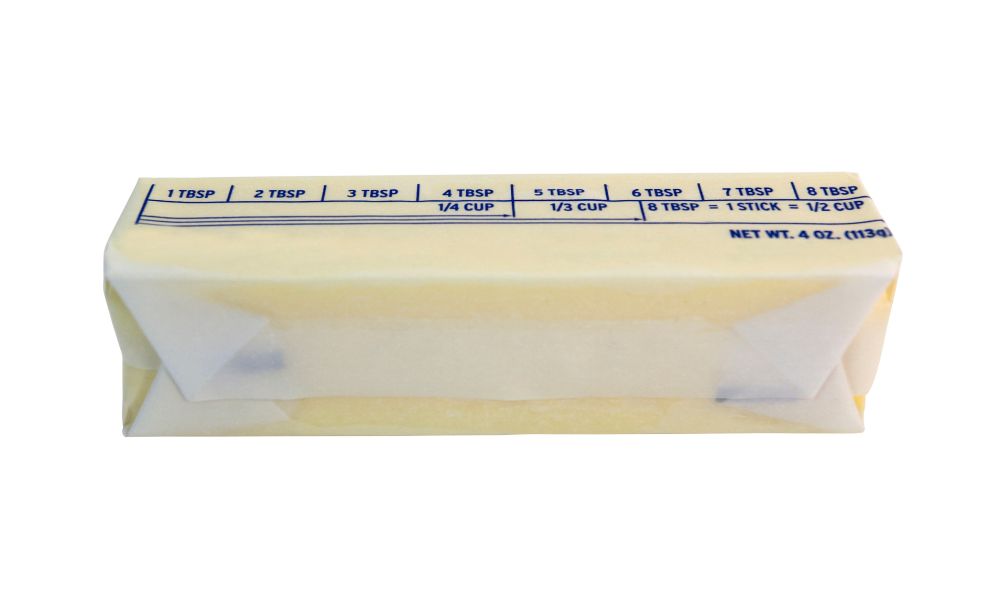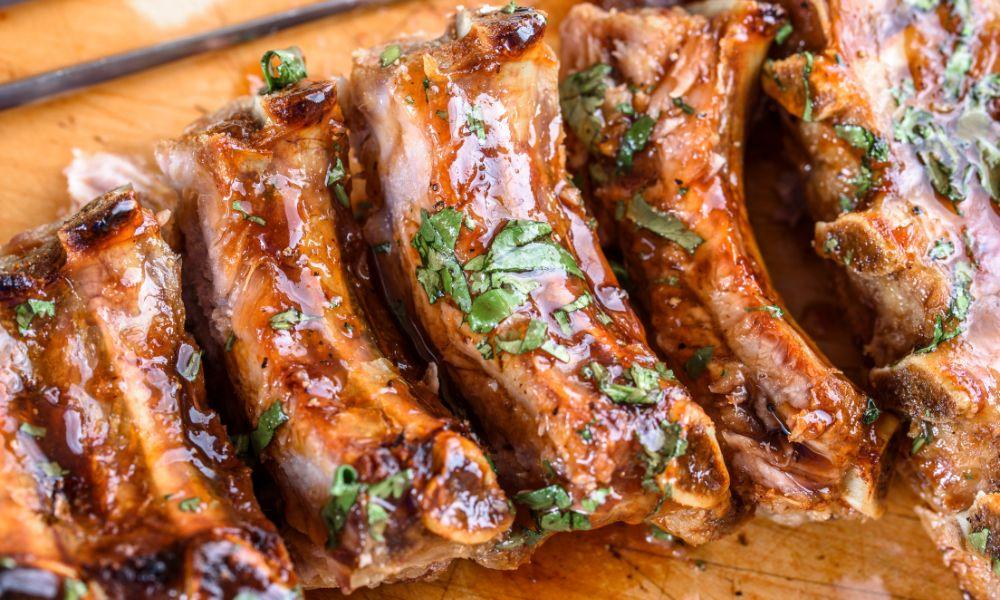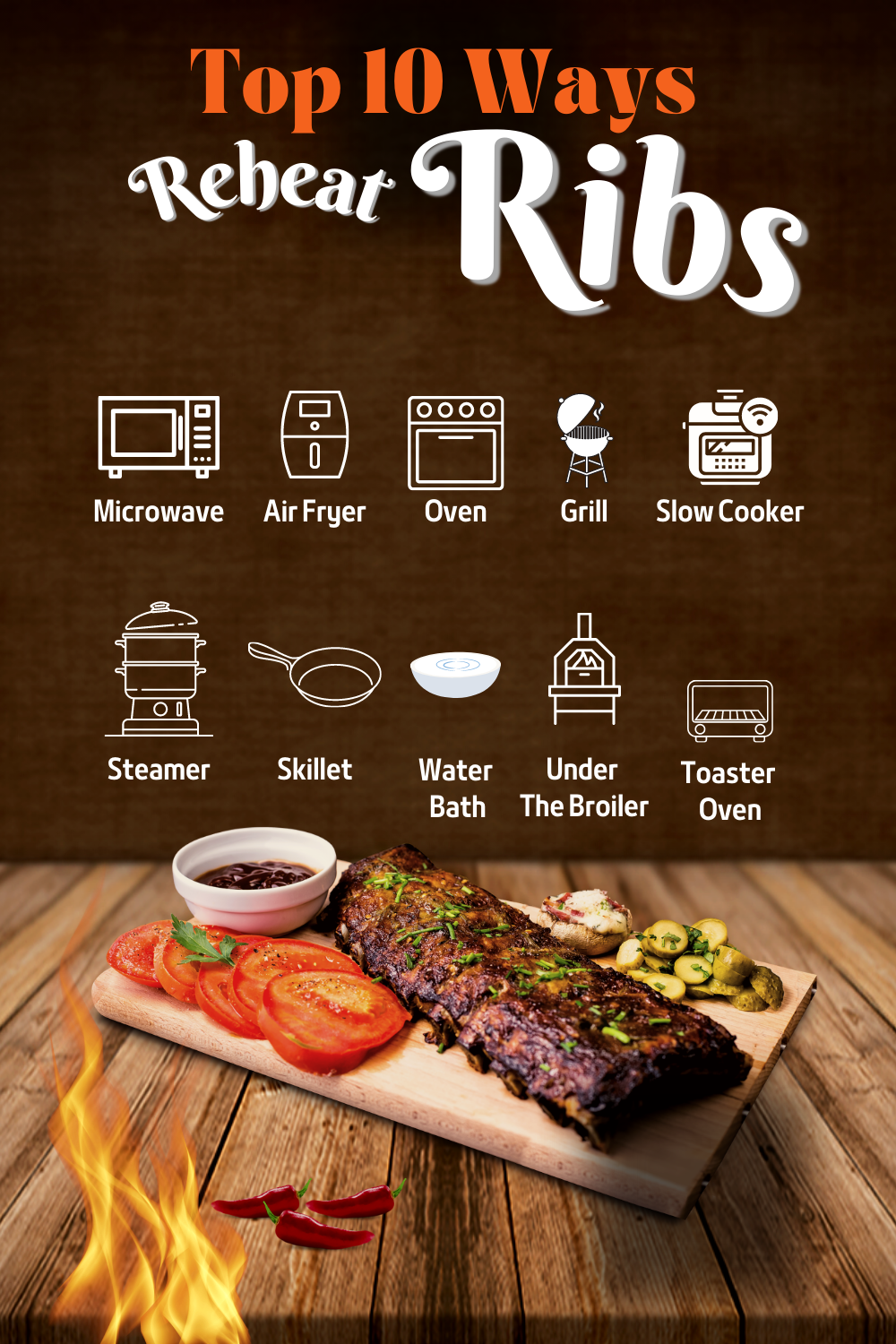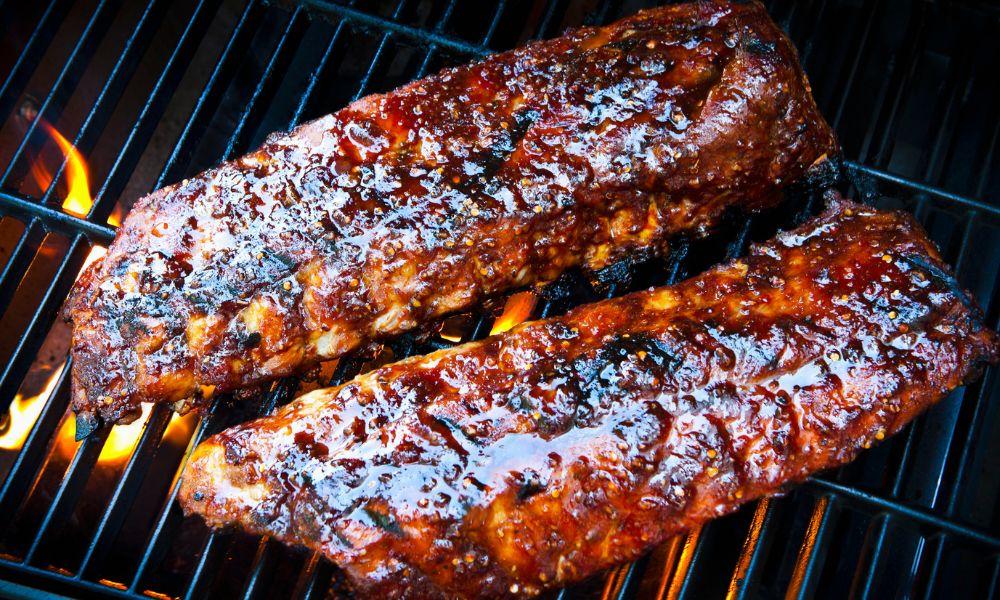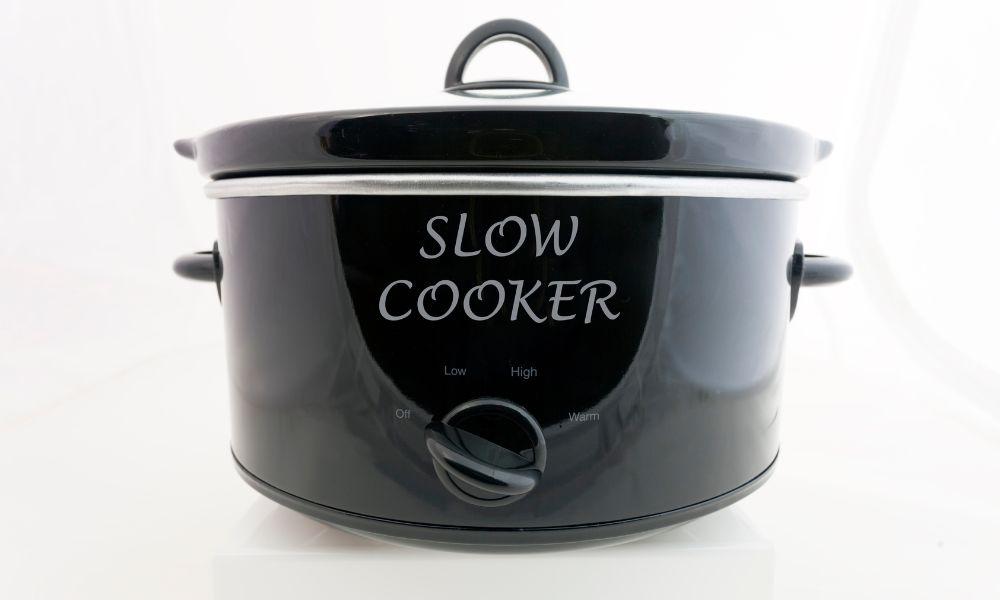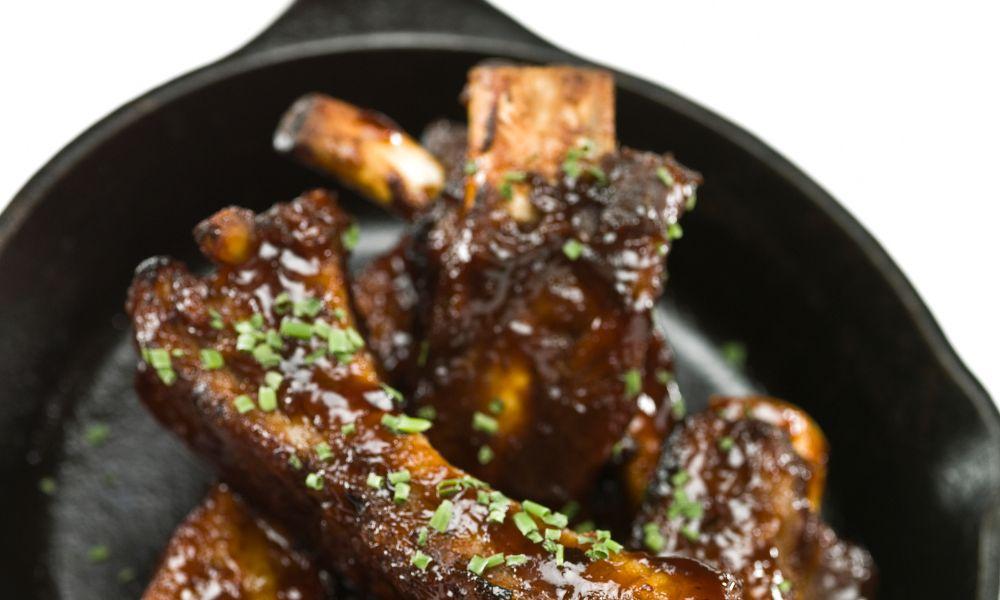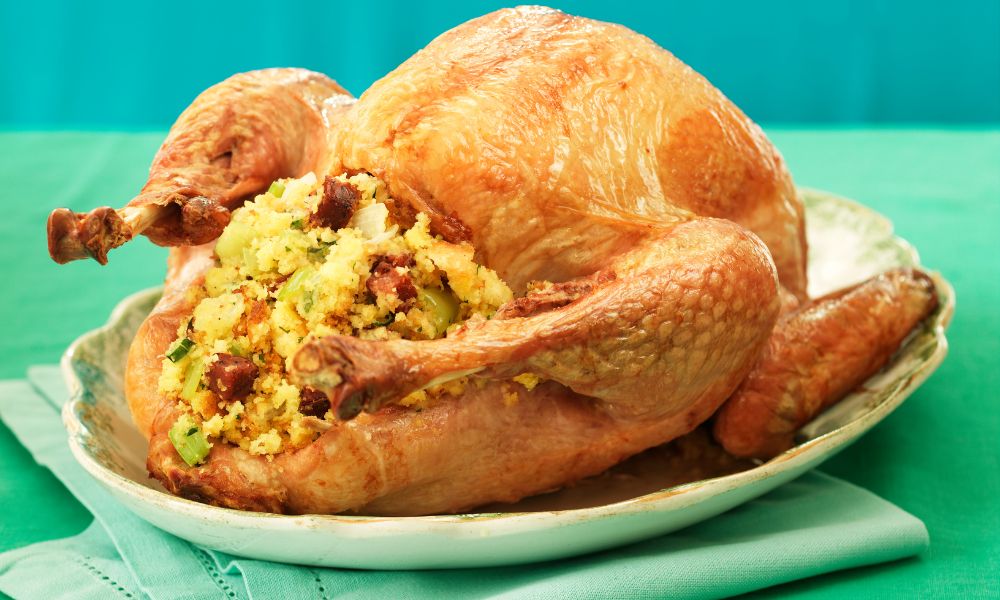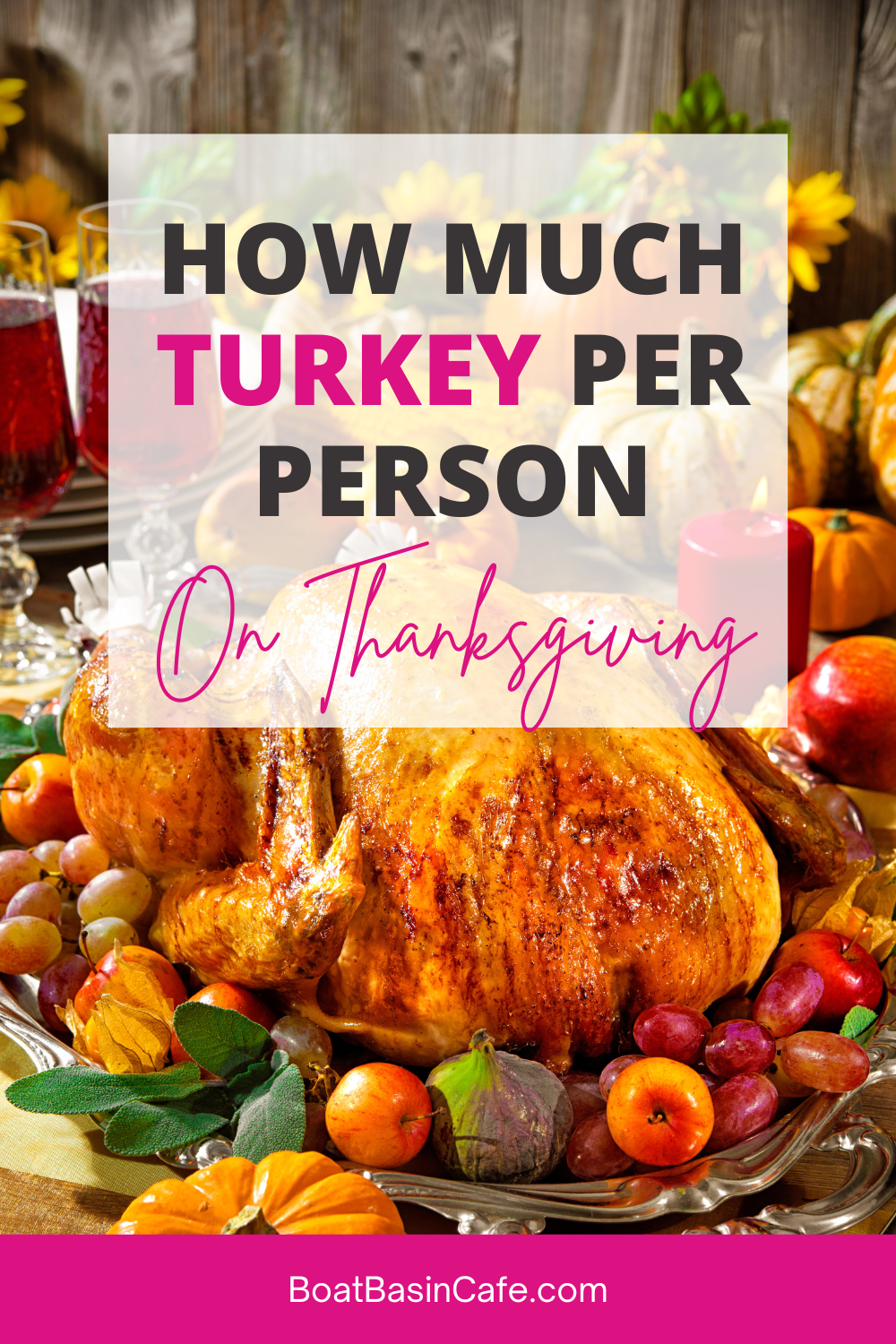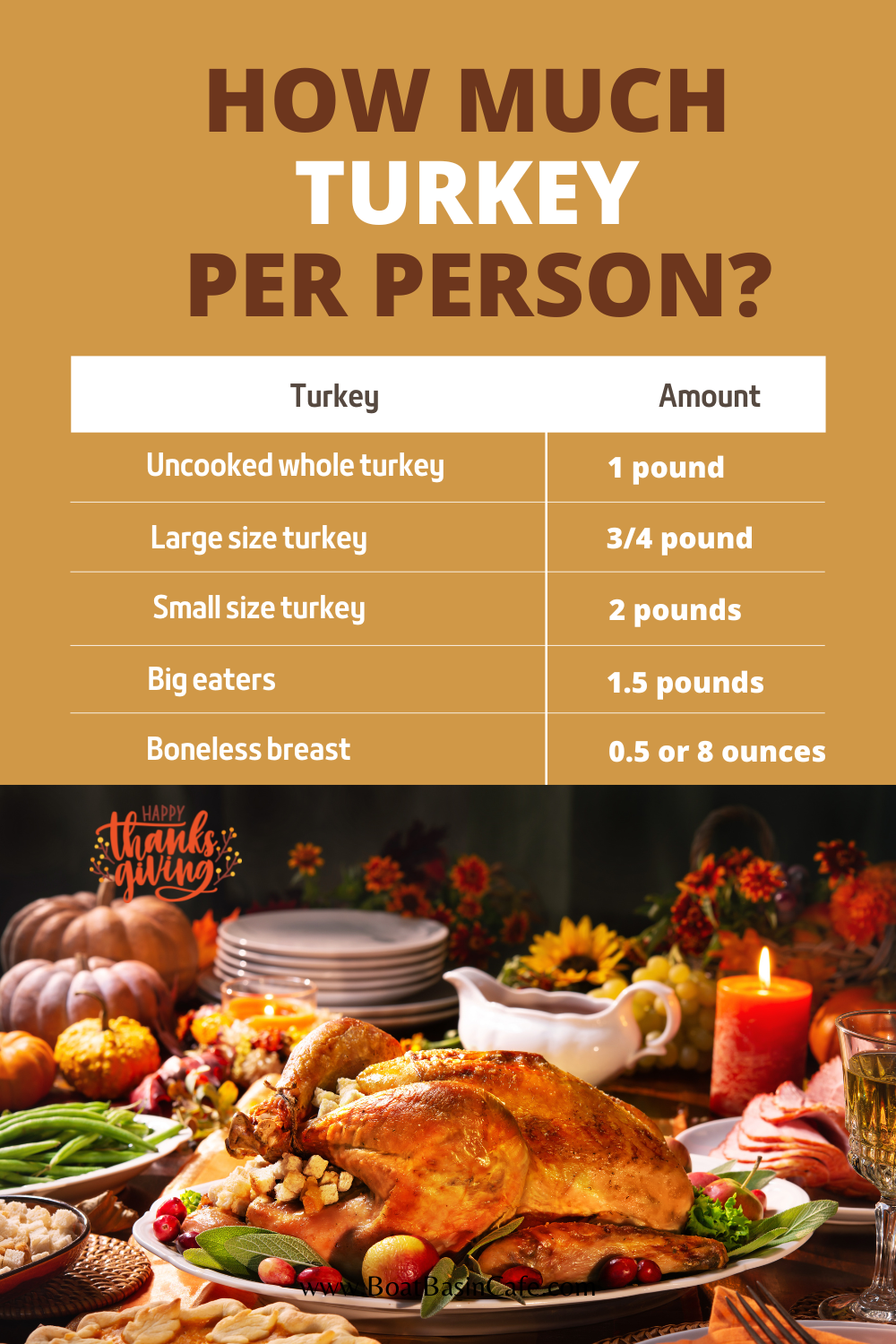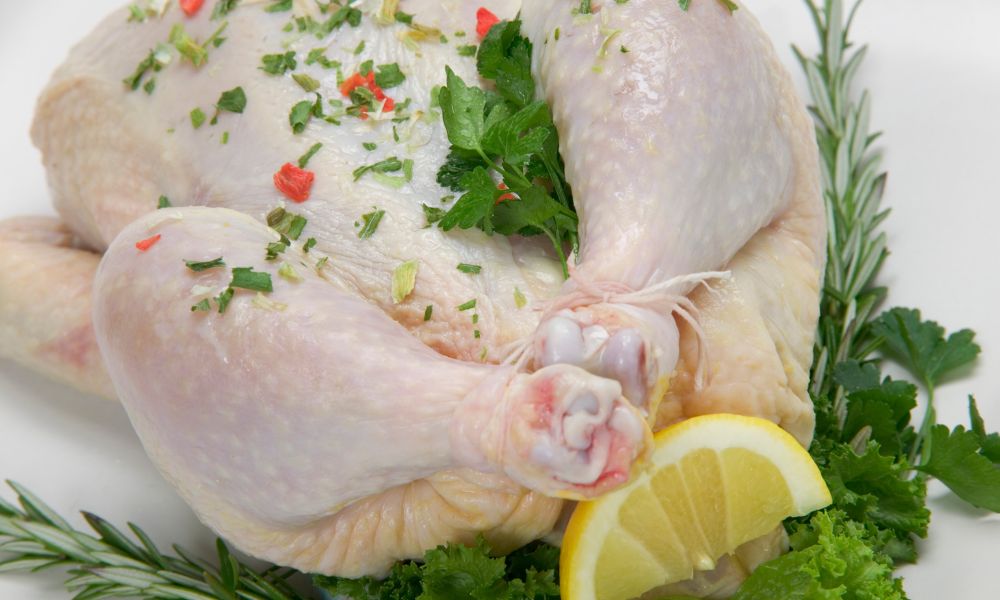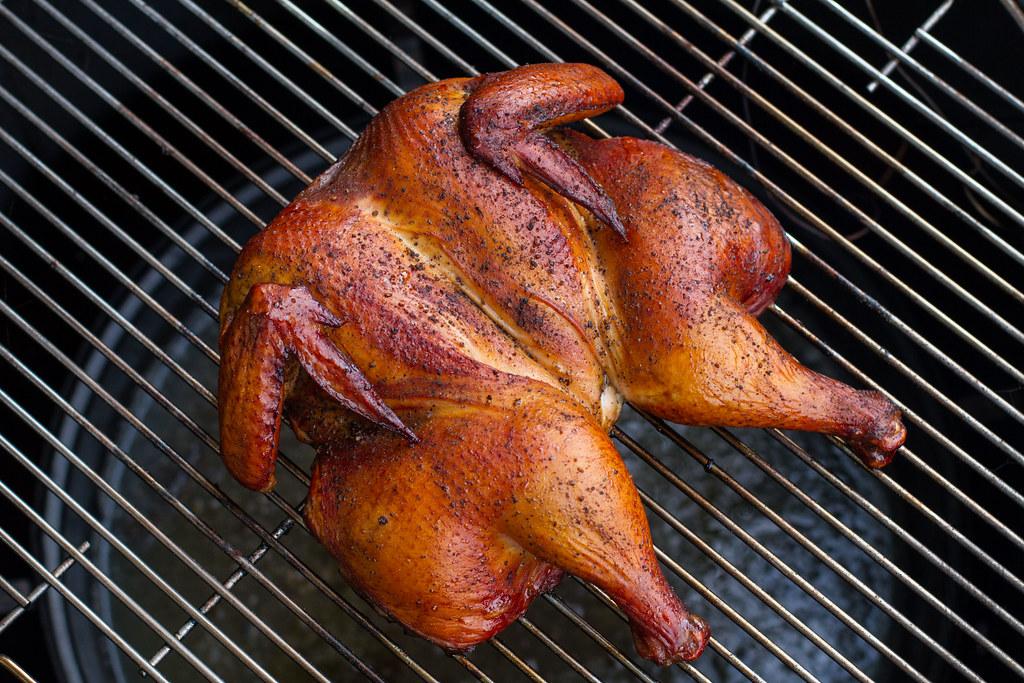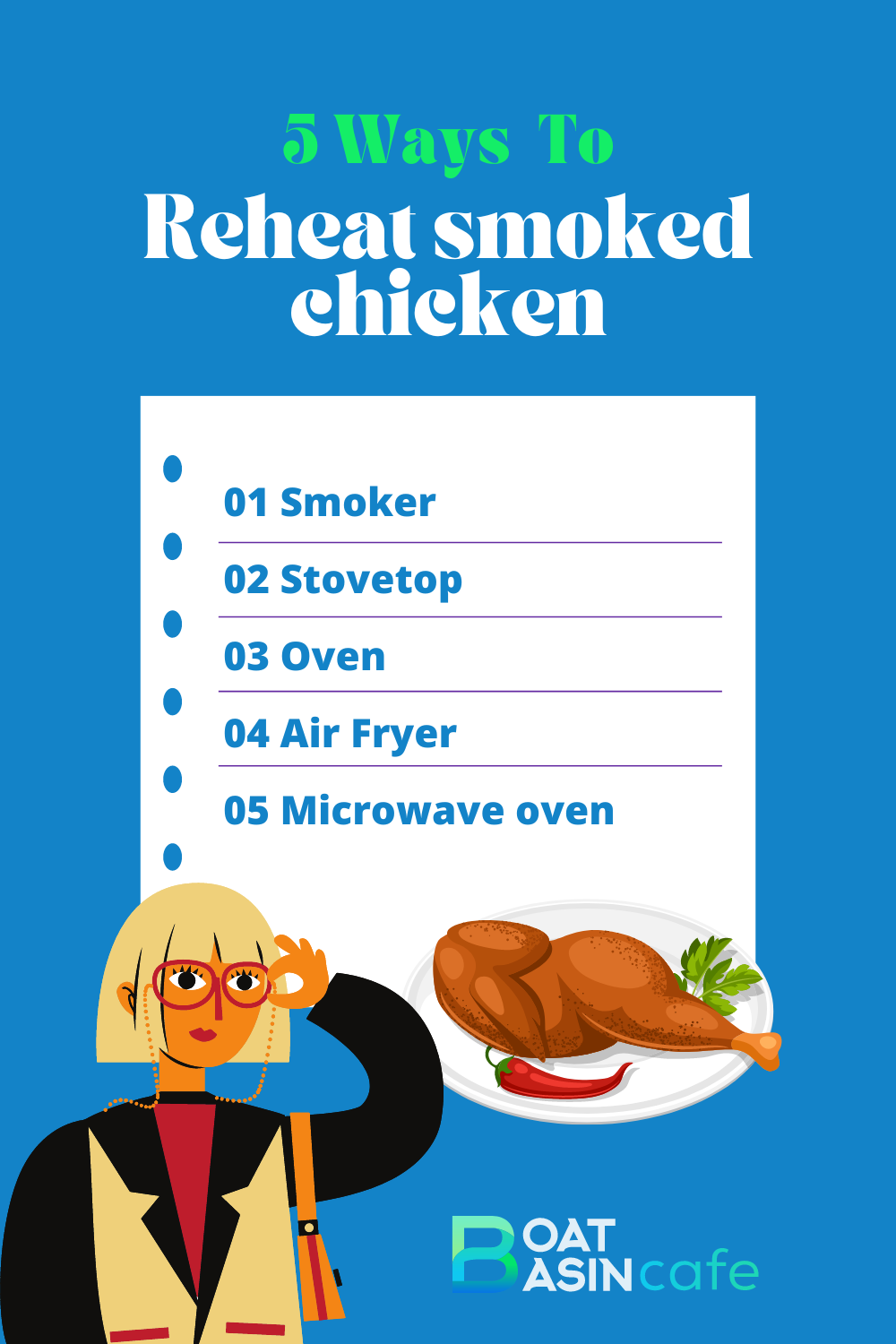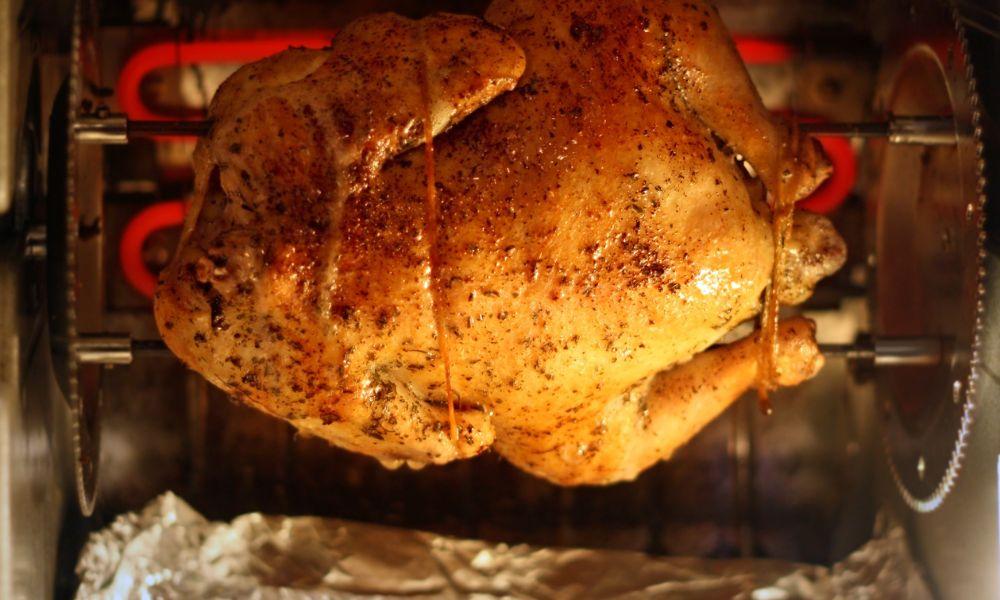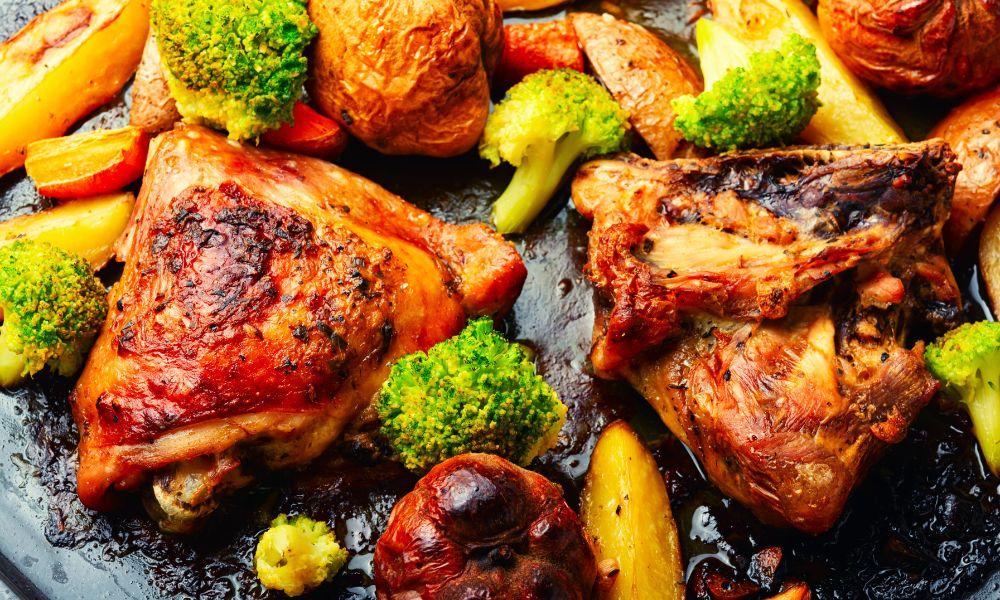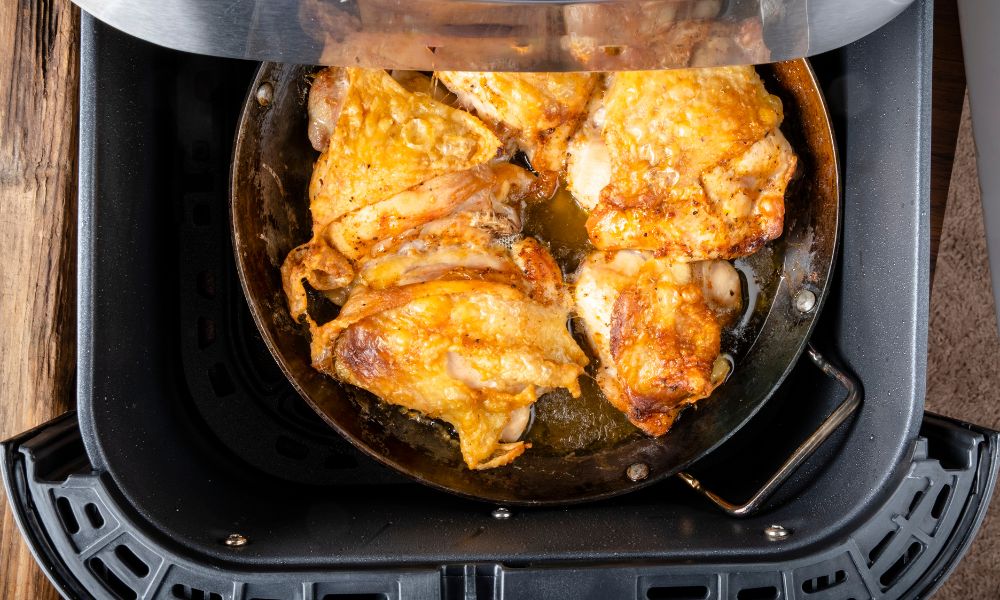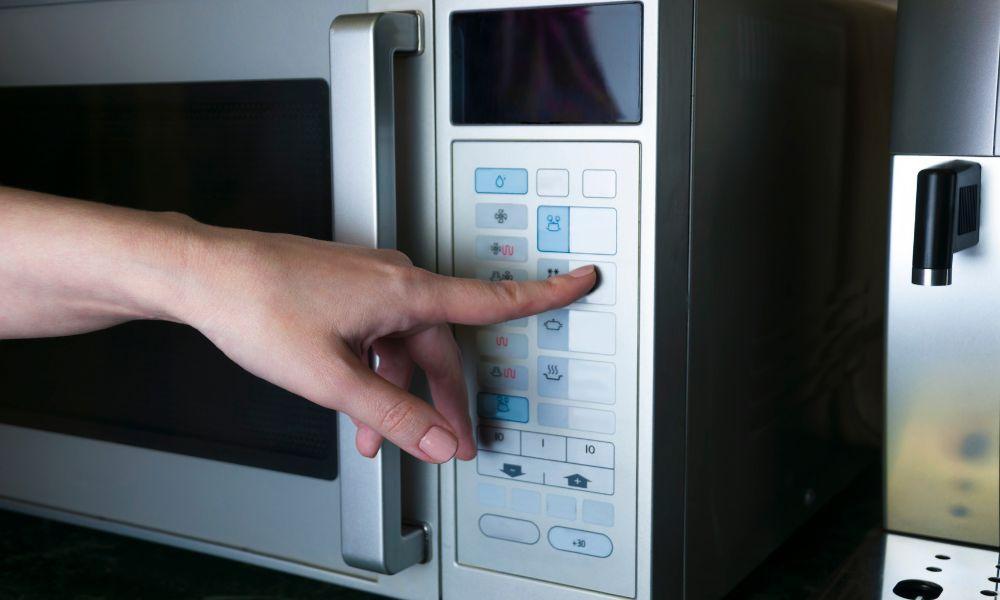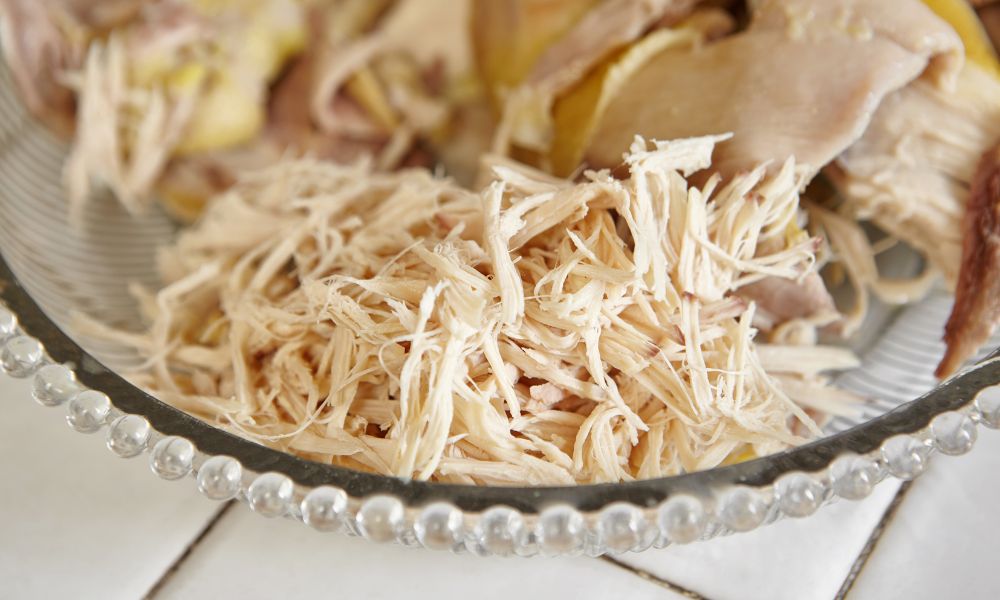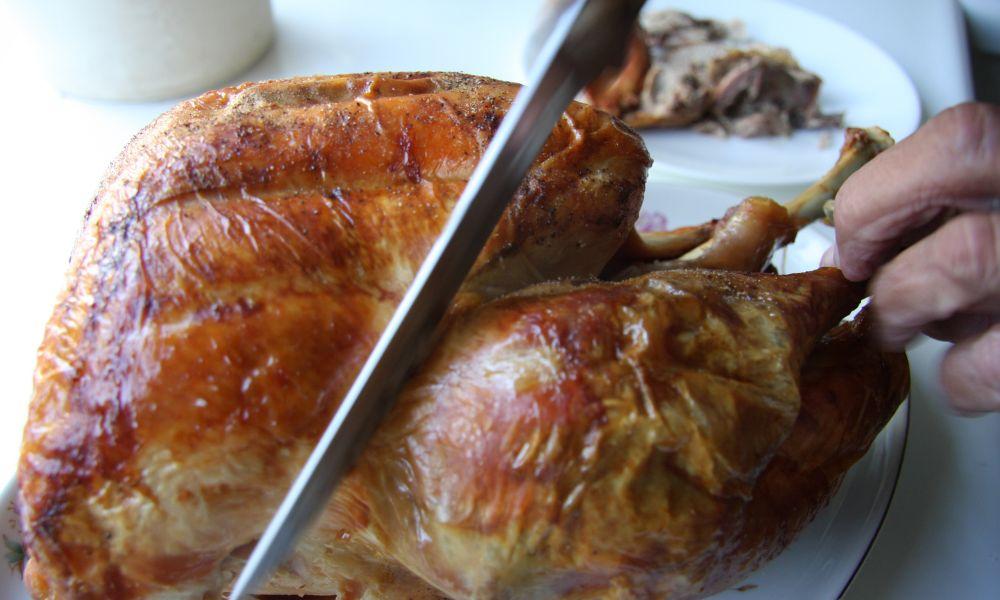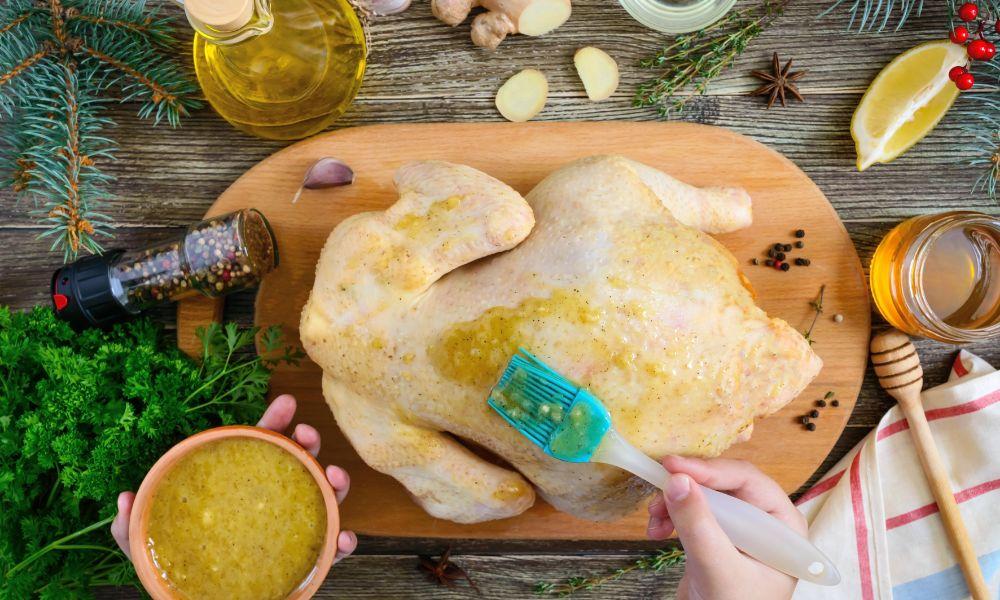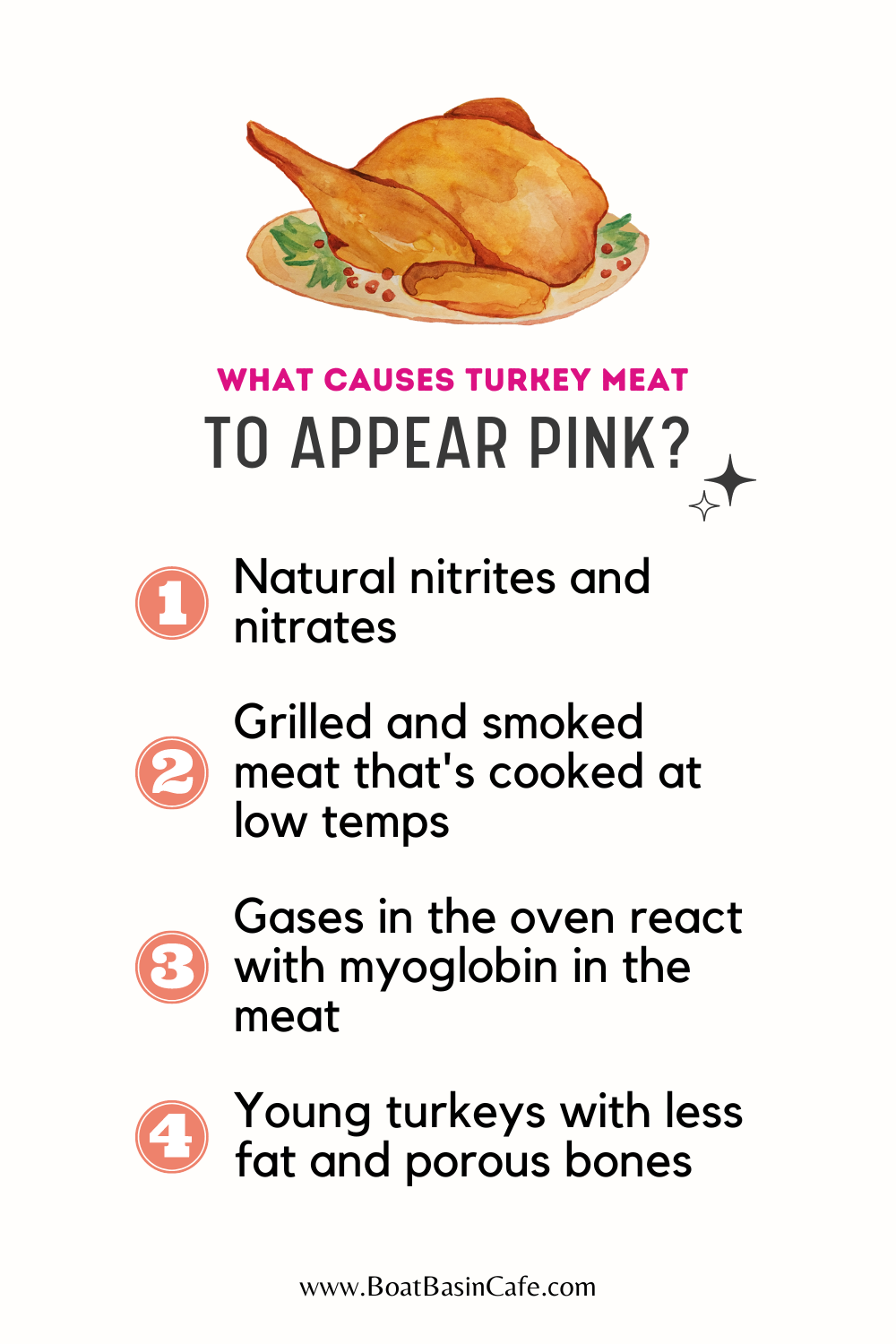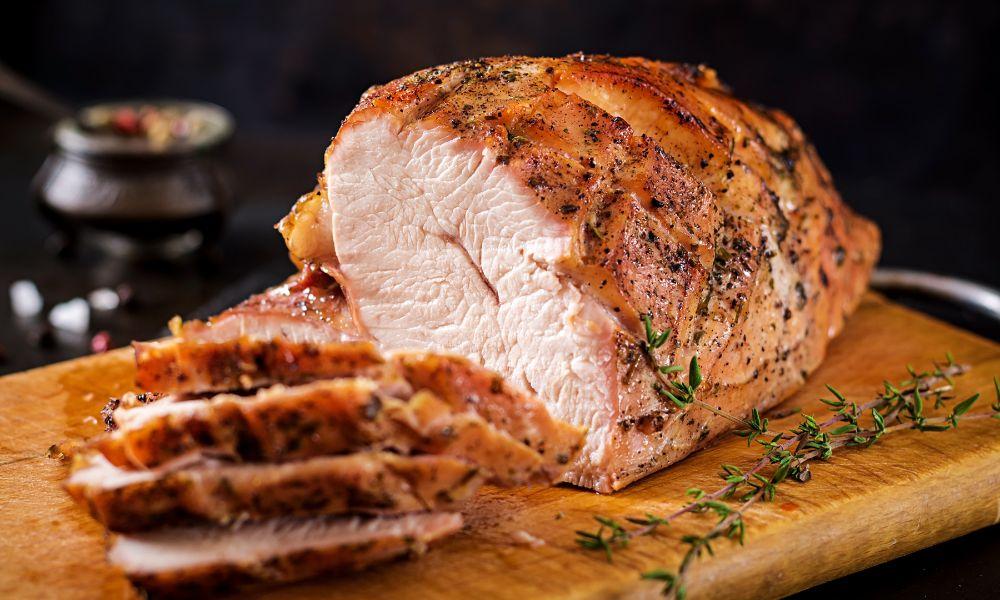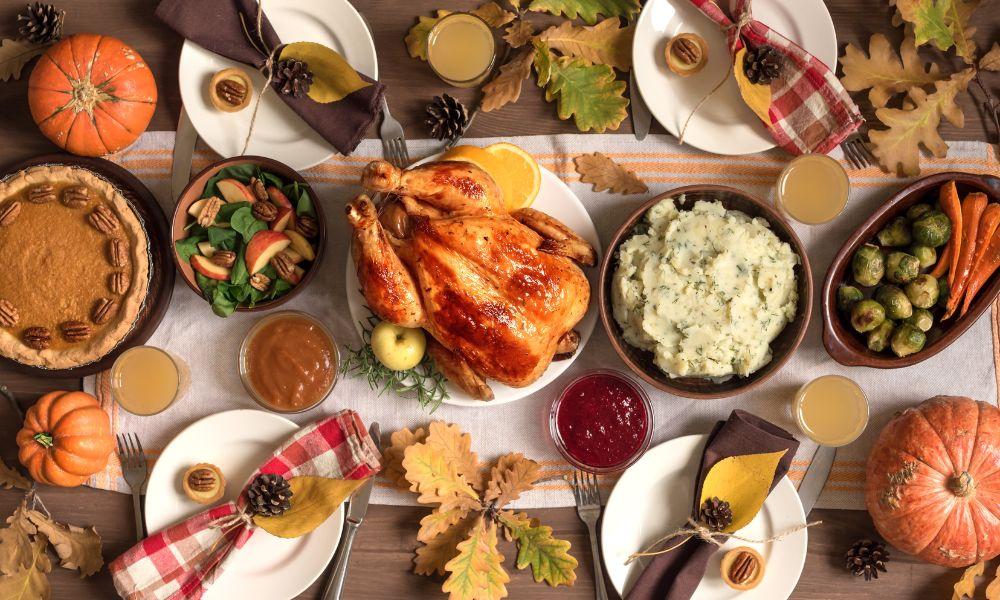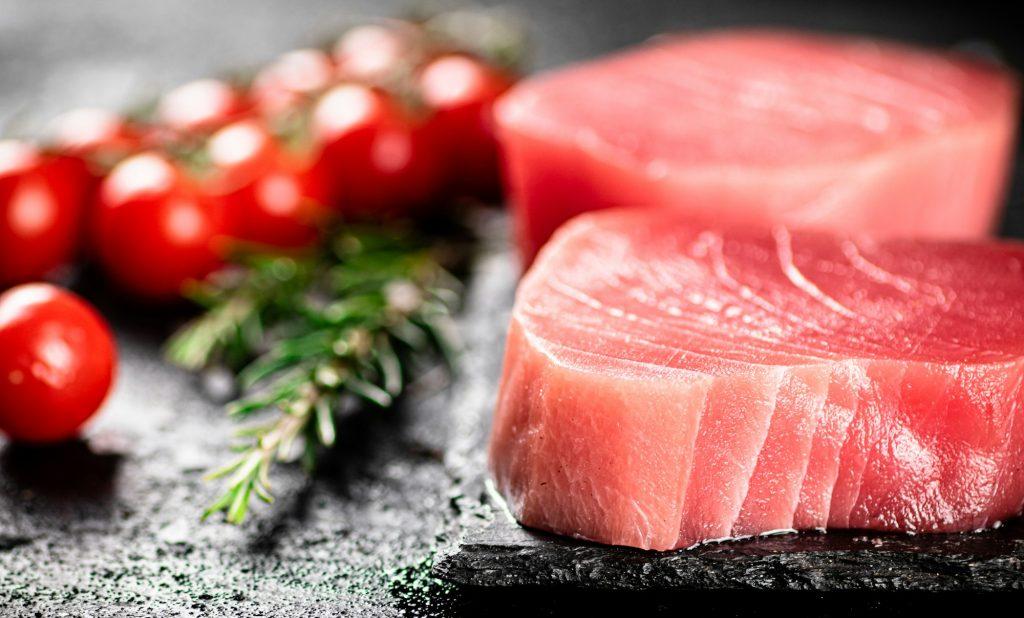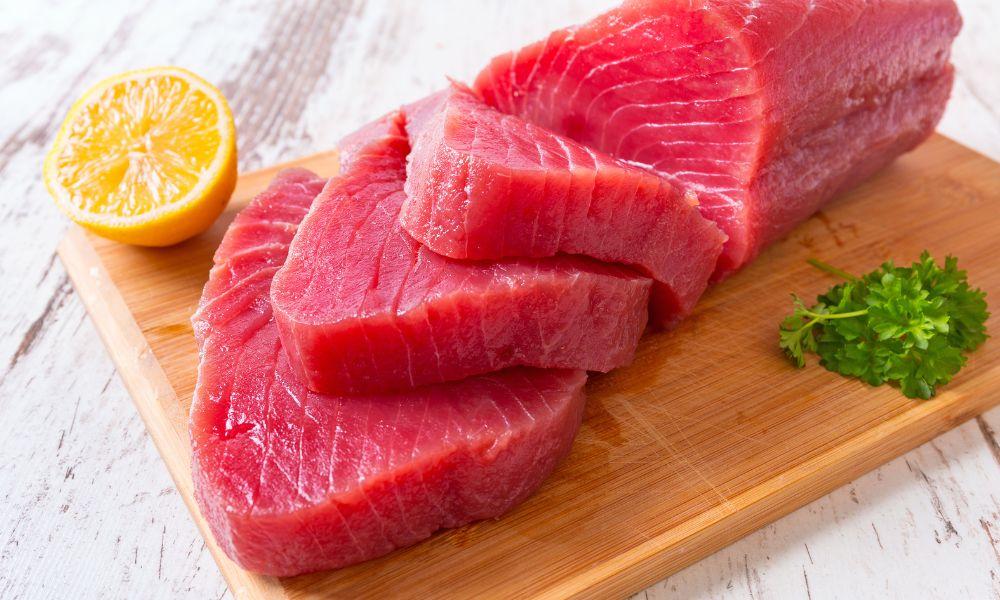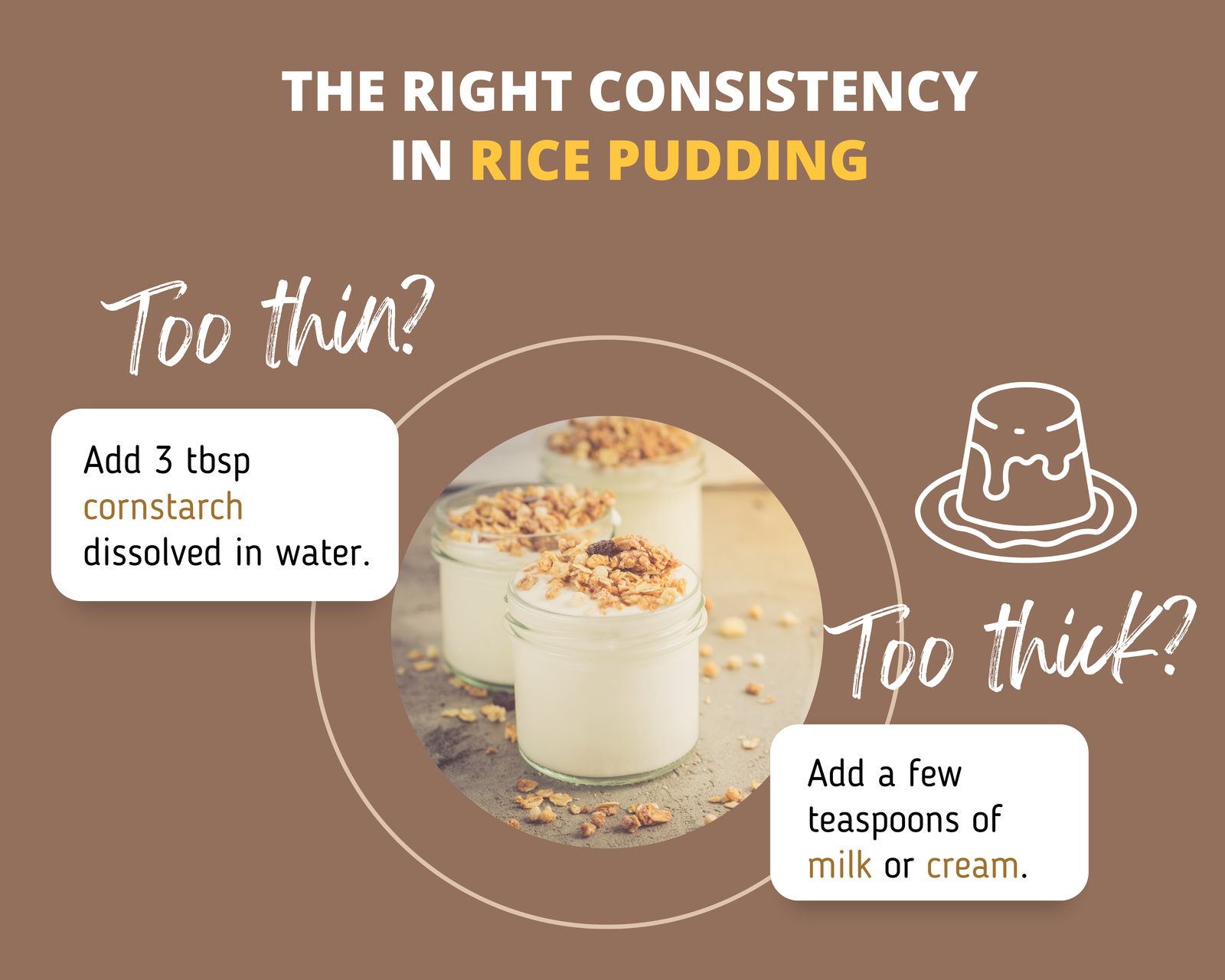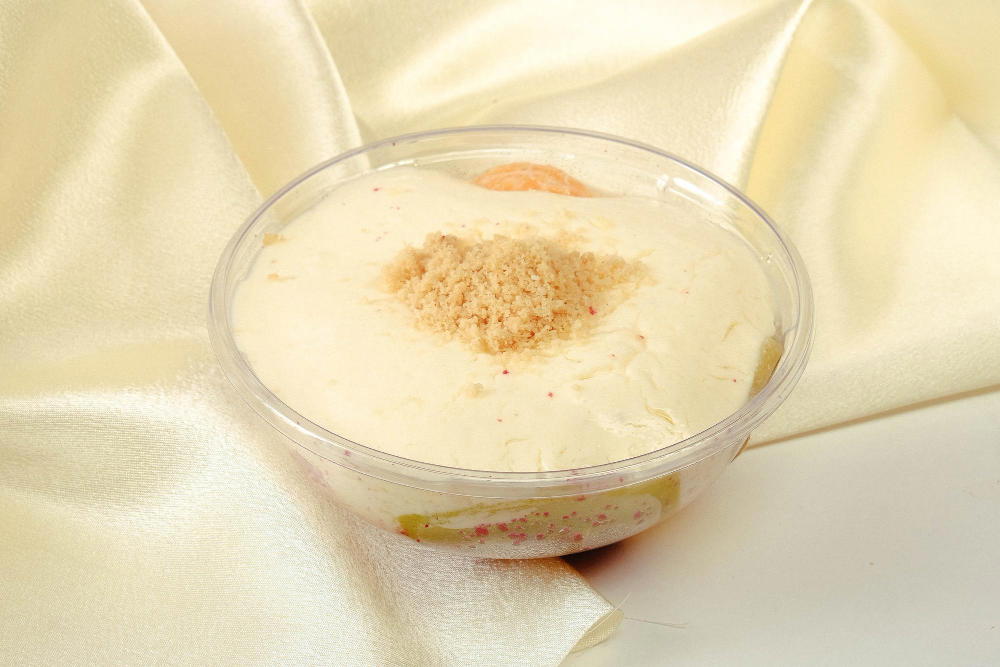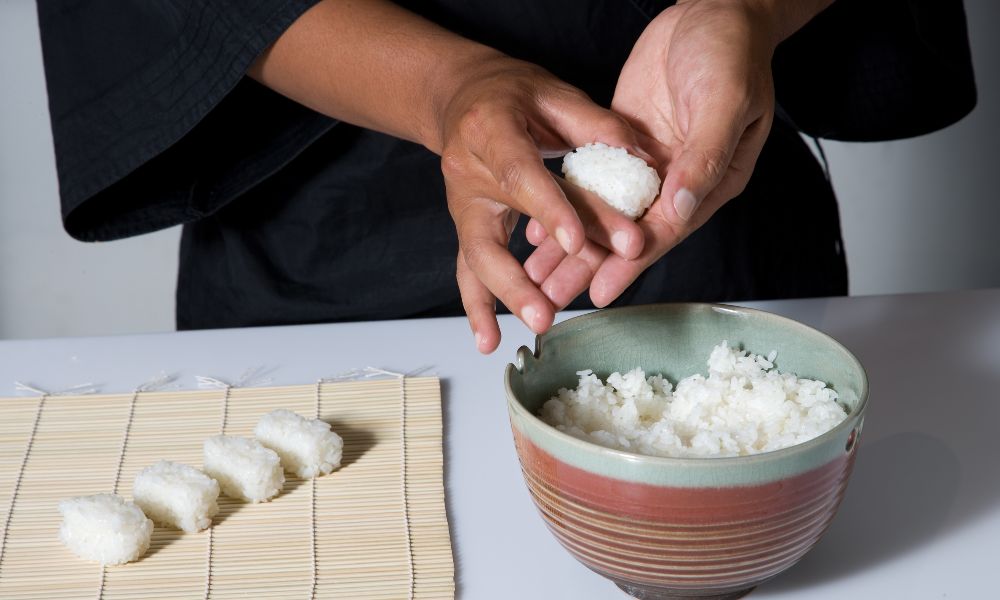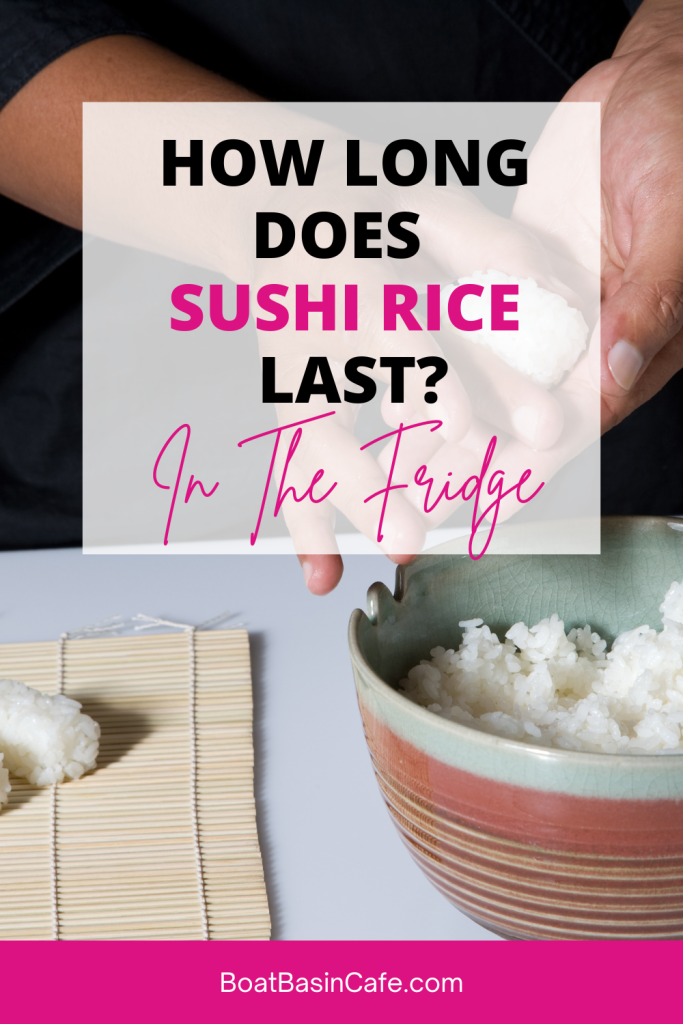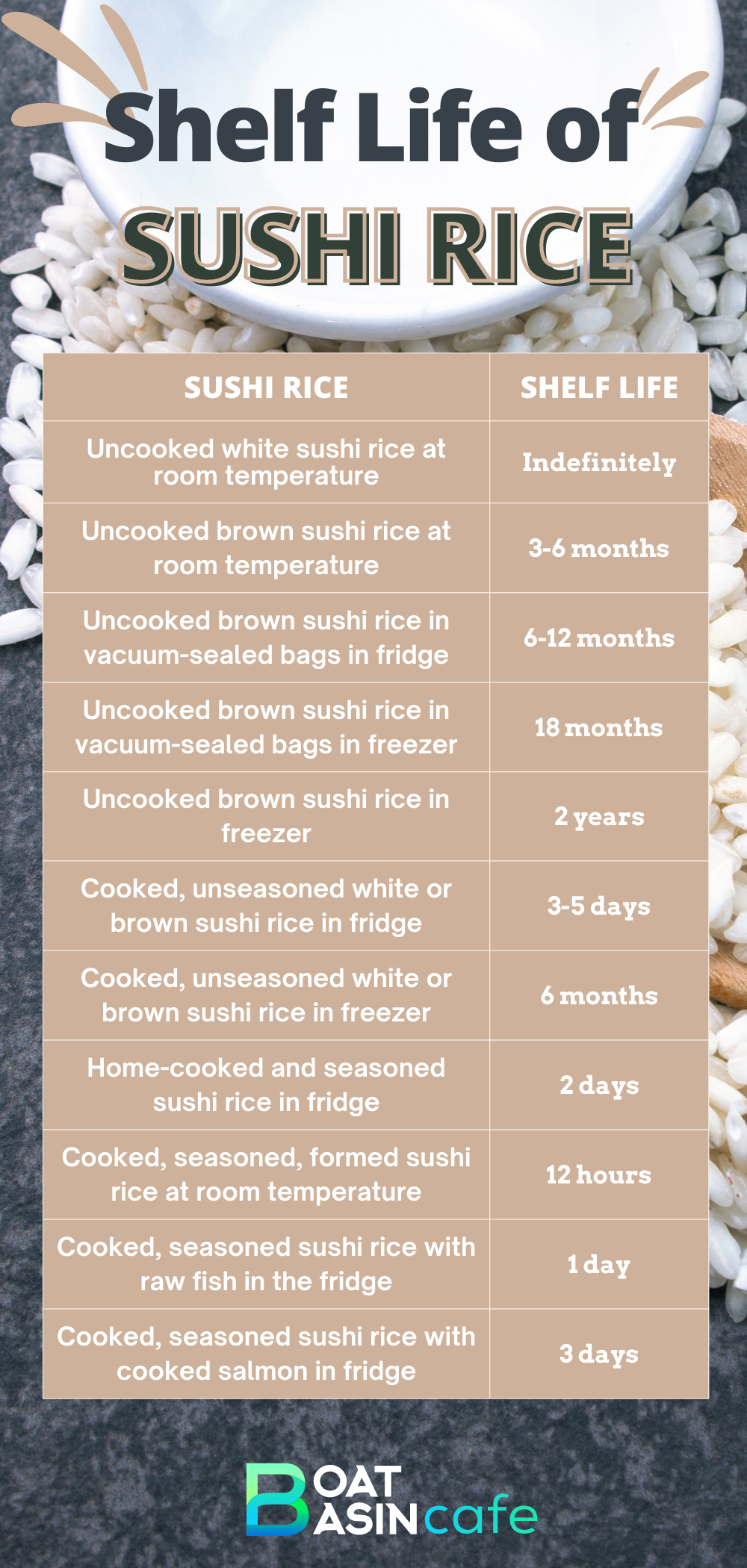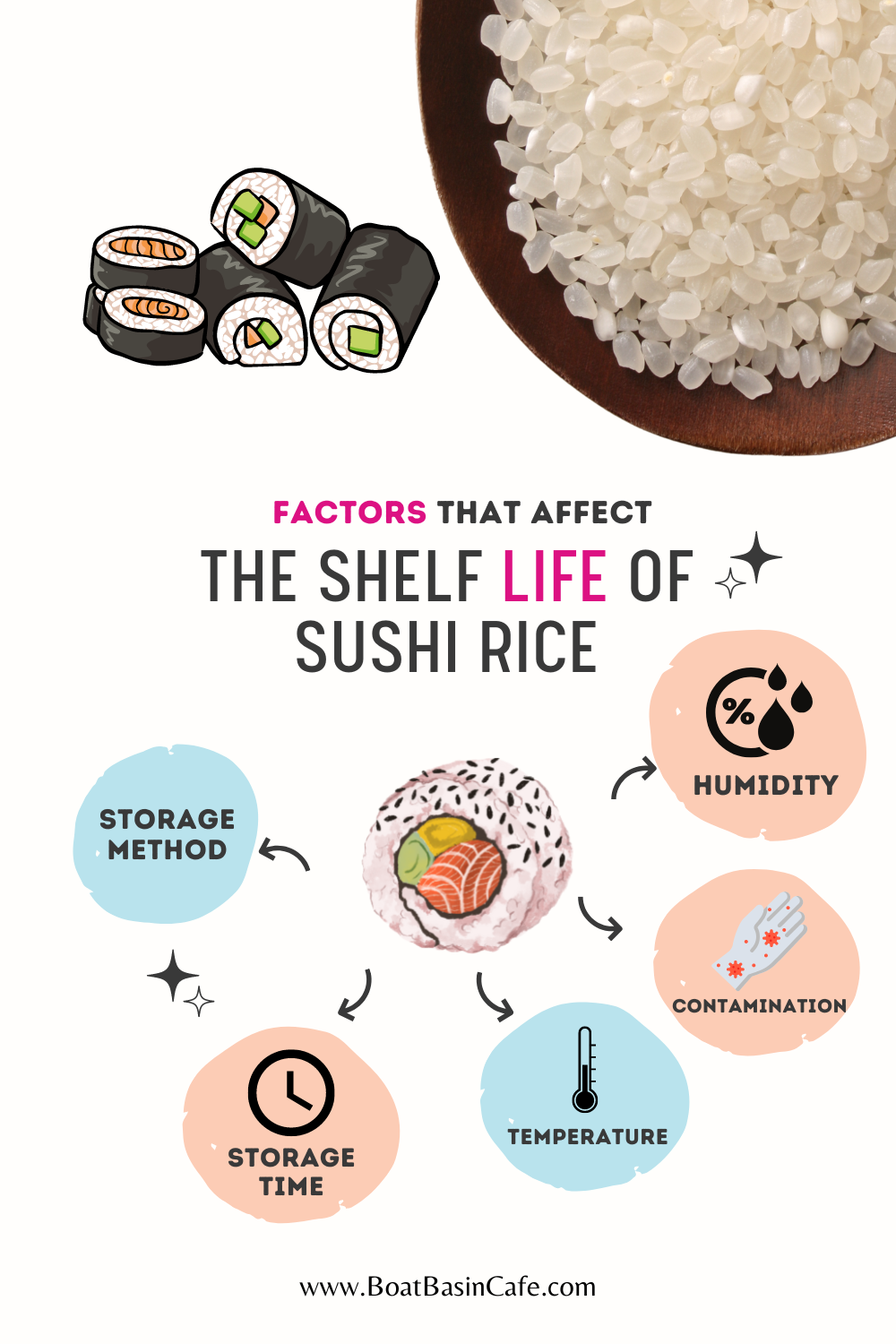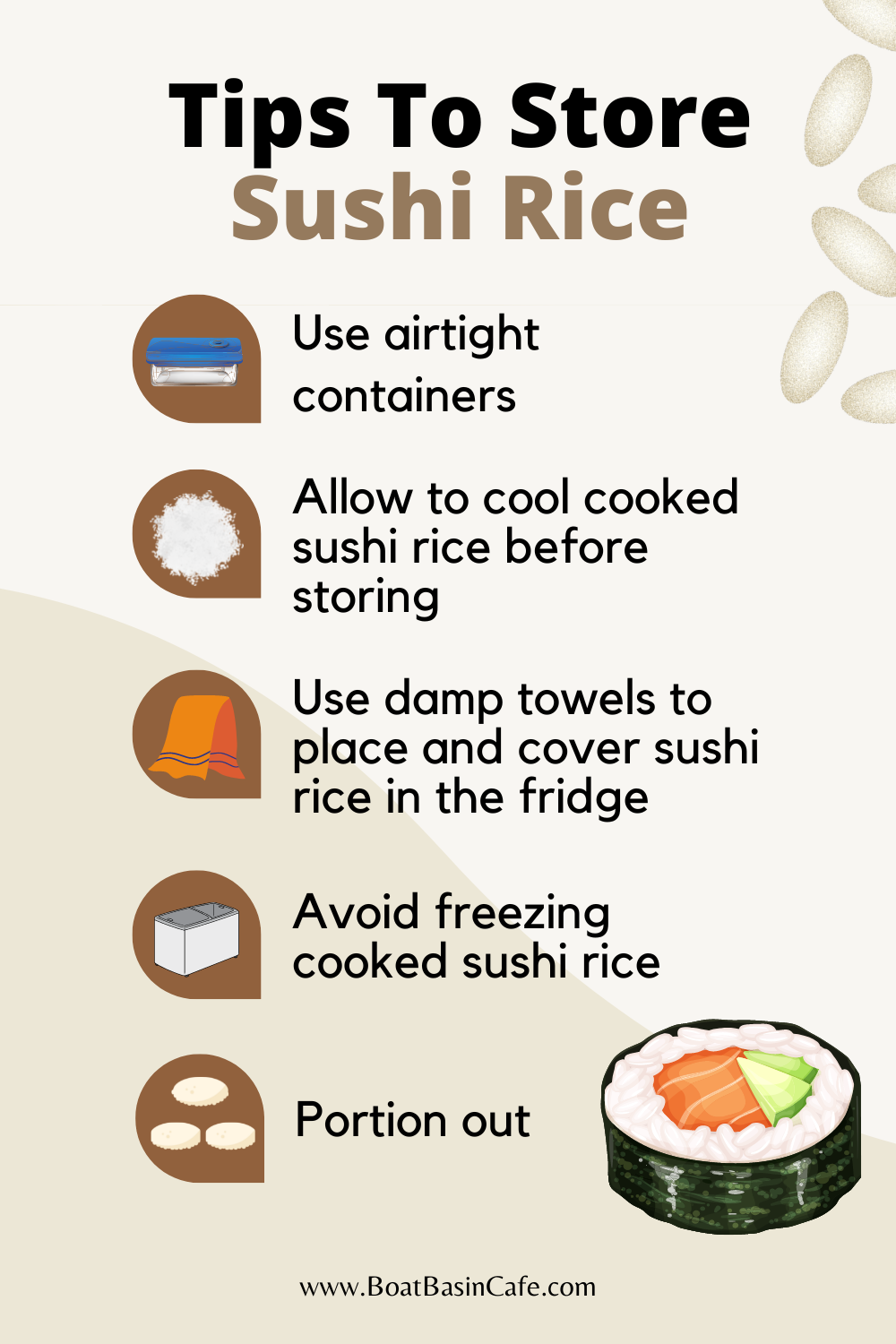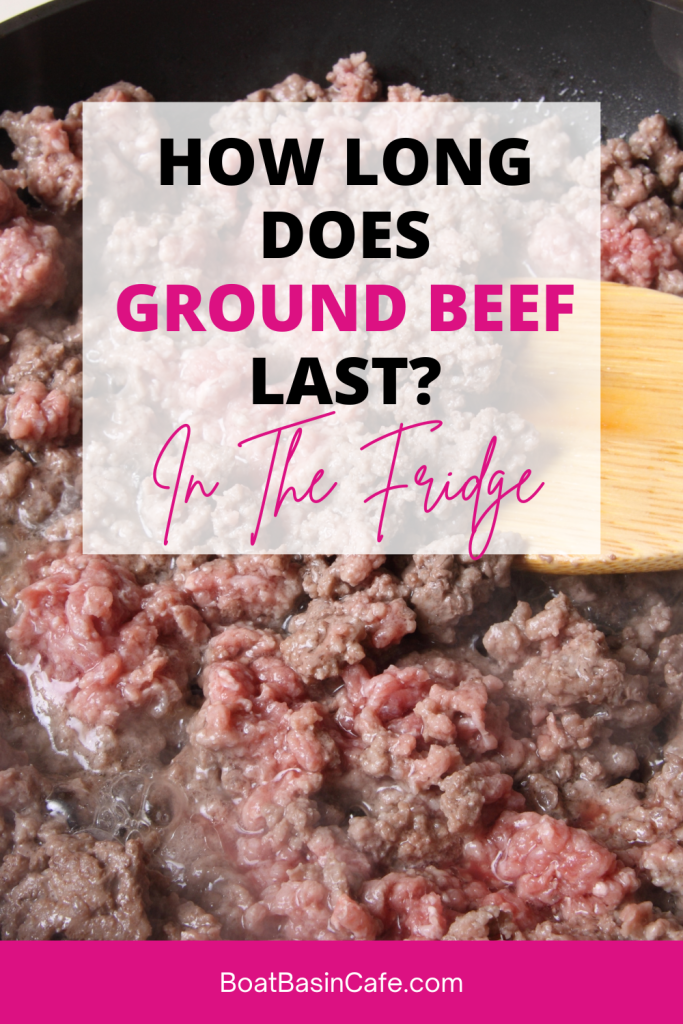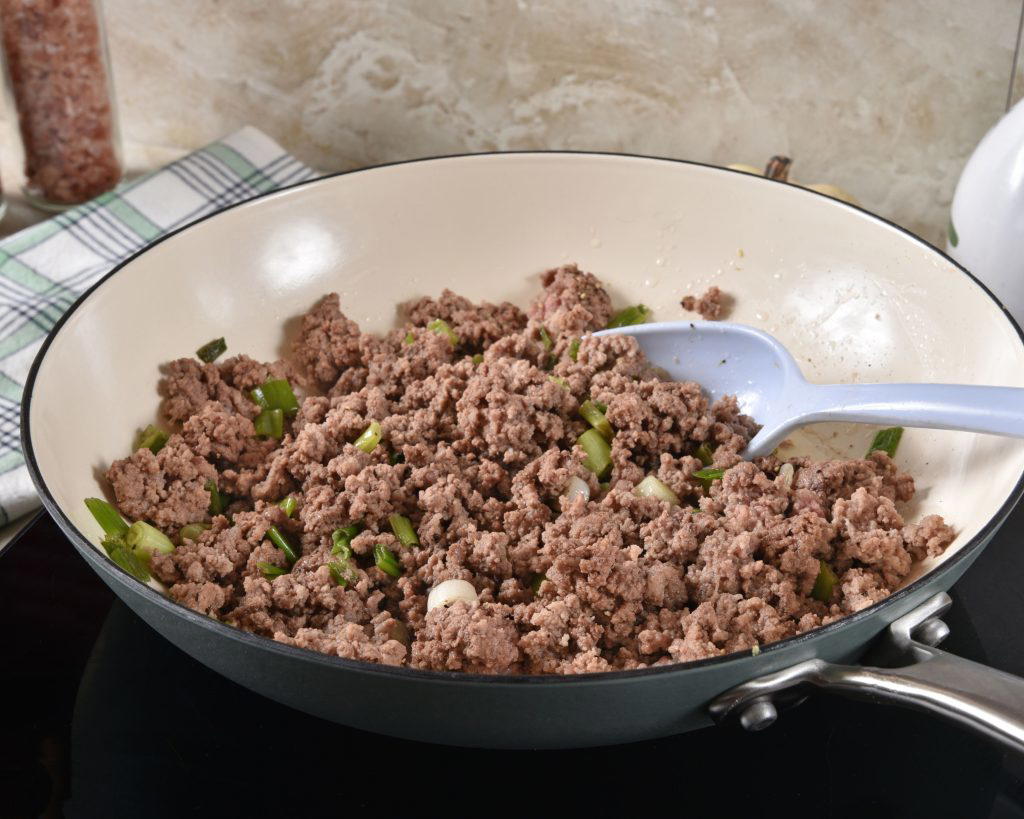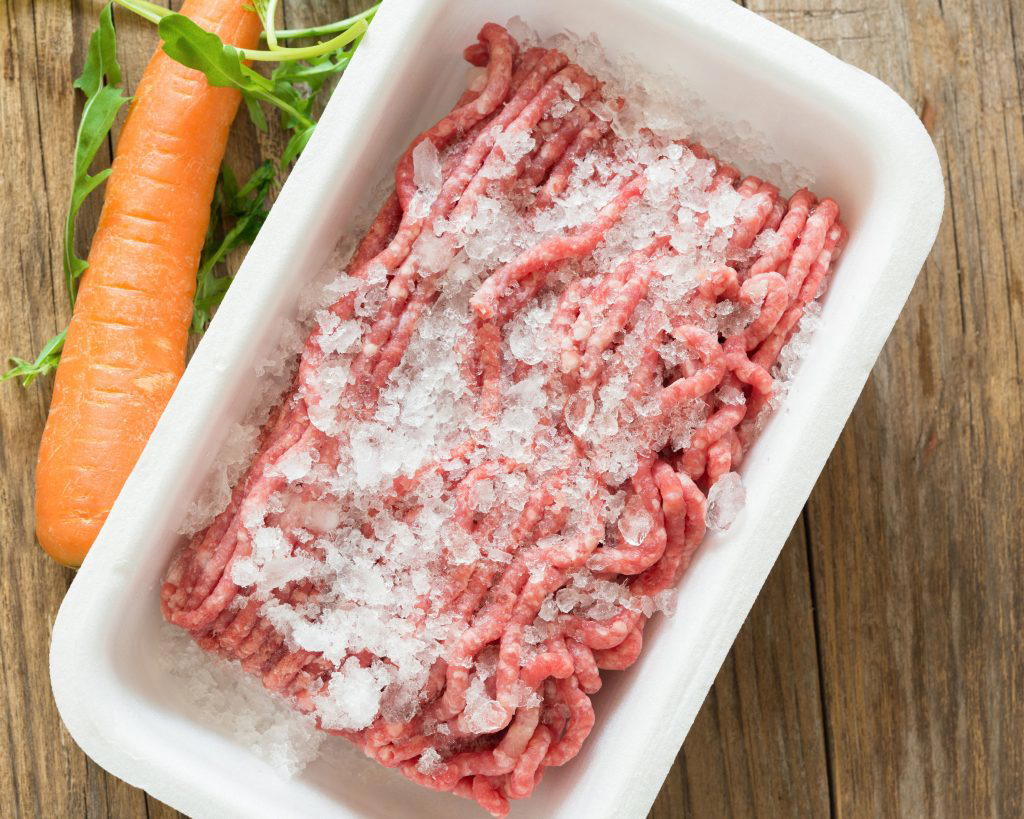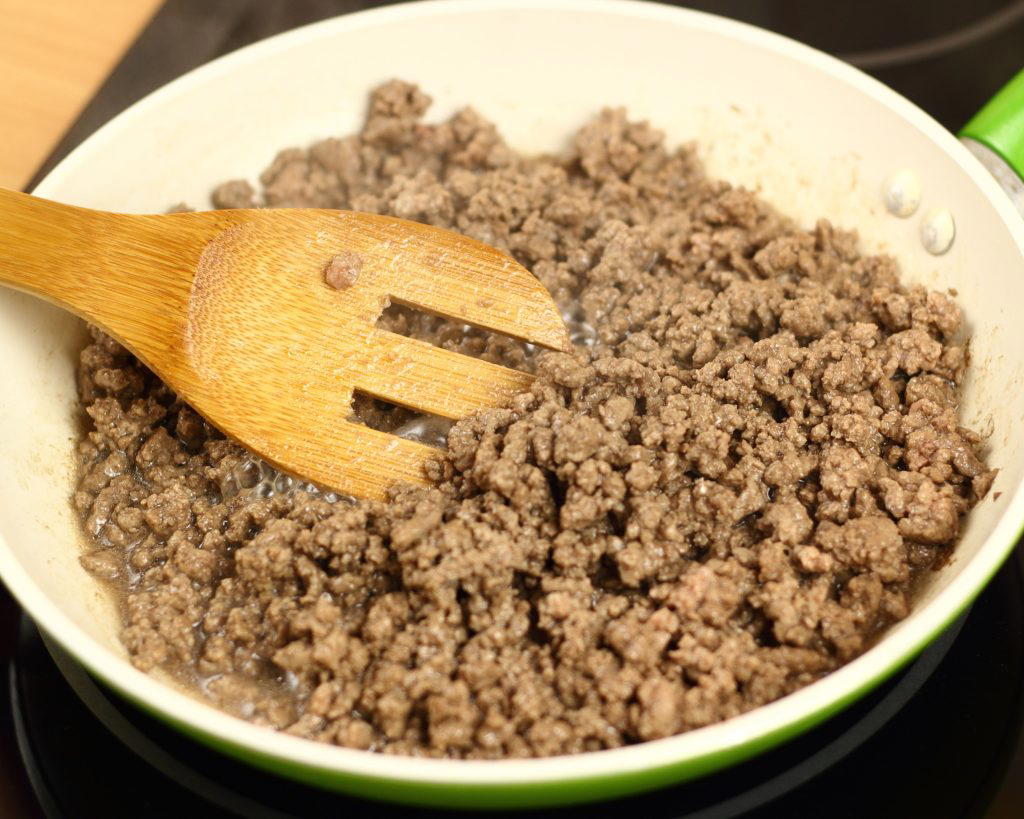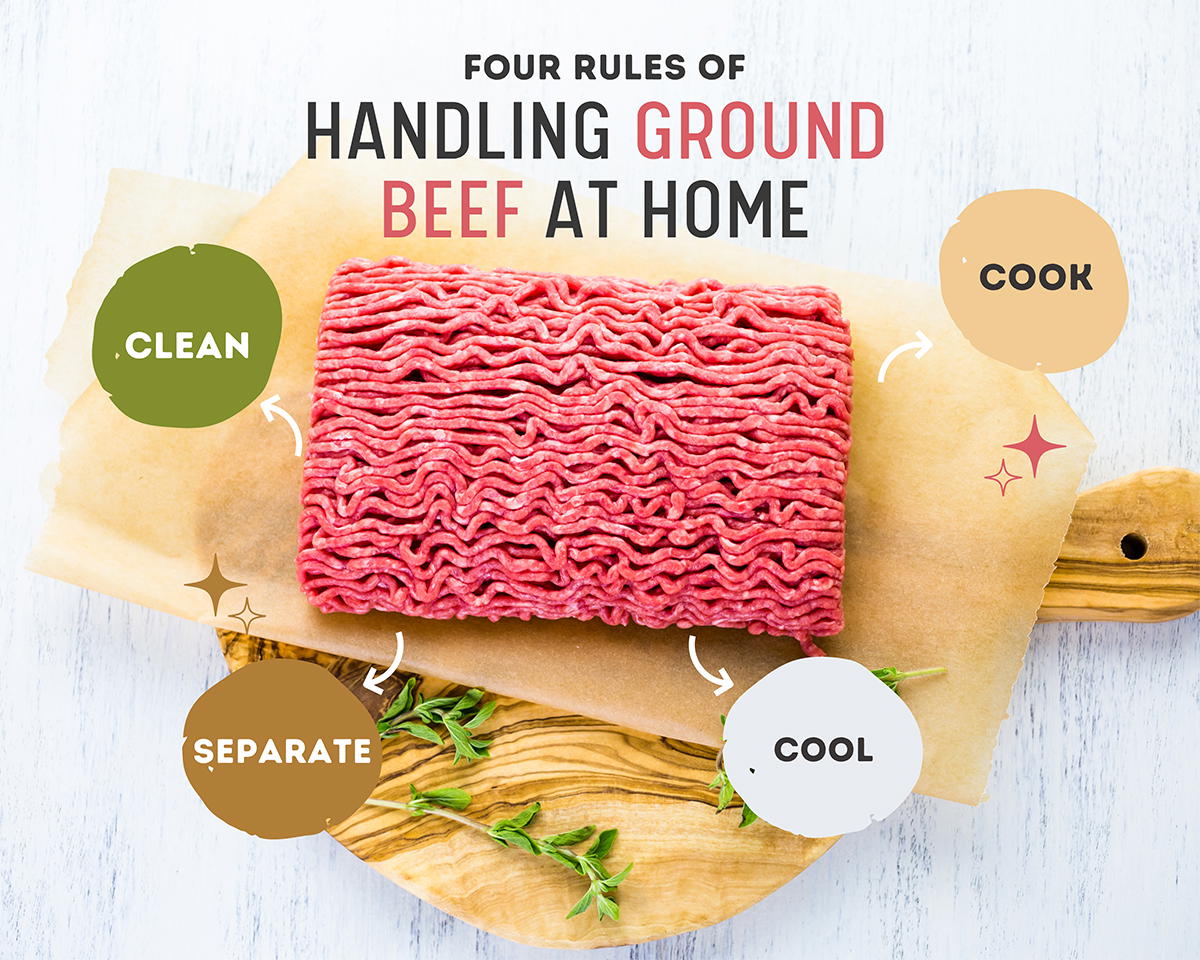Avoid the risk of consuming bad queso. Go through this post to know how long does queso last in the fridge, before consuming it.

I love the creamy texture that queso brings to any delicacy. In fact, I use it for everything from changing the texture of the body to garnishing when making cheese nachos. However, queso is not exactly cheap. That is why refrigeration is the best option to go with when you have some leftover queso.
Before you place it in the refrigerator, find out how long the queso lasts in the fridge. Below, I will go into the details of the exact procedure to store it.
How long does queso last in the fridge?
Depending on the queso variant, it can last anywhere from 2 days to even one month in the fridge. Check the table below for more details.
| Queso Variant | Homemade | Canned (Opened) | Canned (Unopened) |
| Queso Fresco | 3 to 6 days | 2 to 3 days | Best by date |
| Queso Blanco | Upto 4 days | Upto 5 days | Best by date |
| Queso Panela | 2 to 3 days | Upto 4 days | Best by date |
| Queso Oaxaca | Upto 1 week | Upto 1 week | Best by date |
| Queso Manchego | 3 to 5 days | 6 days | Best by date |
| Queso Chihuahua | 3 to 5 days | Upto 5 days | Best by date |
| Queso Cotija | 3 to 4 weeks | Upto 1 month | Best by date |
✍️ Note- Beyond the “best by date” queso might be edible but the taste might vary. Hence it is best to consume it by that date.
About queso cheese variants

Now that you know the shelf life of different queso types, it is time to look at the variants and how they differ.
Queso Fresco
Usually, queso Fresco is made from cow’s milk. According to Harvard, Cow’s milk consists of 87% water and other nutrients. The high quantity of water limits the fridge’s shelf life of queso fresco.
Queso Blanco
You might have noticed in the table above that Queso Blanco has a slightly higher shelf life than Queso Fresco. To make Queso Fresco, milk is first curdled with lemon juice or vinegar.
According to USGS, Milk without any additives has a pH level of 6.3 to 6.6, making it slightly acidic. Curdling reduces its pH level to approximately 5, making it more acidic. According to Dr. Wendy Keenleyside (BSC in microbiology), the ideal pH level for bacterial growth is 6-7. As a result, there aren’t many bacteria that can survive in such acidic conditions, allowing queso blanco to last a little longer.
Queso Panela
Queso Panela is made from pasteurized cow milk. Pasteurized milk contains lower bacteria than raw milk, but it can still last only 3-5 days, as per research done by Cornell University. It is best to consume this cheese in 2 to 3 days.
Queso Oaxaca
Queso Oaxaca is made from curd. Curd is made by converting lactose in milk into lactic acid, thereby decreasing the pH level of milk. Add to that the limited water content in this cheese, and it is easy to see why it lasts longer than most other queso variants.
Queso Manchego
Queso Manchego is usually made from sheep milk. However, its shelf life is still limited because of the water content in sheep milk.
Queso Chihuahua
Queso Chihuahua is a semi-hard cheese made from raw or pasteurized cow milk. The semi-hard texture is achieved by draining excessive water. That is why it can last slightly longer with the right preservatives (like in the canned version).
Queso Cotija
The secret of the long shelf life of Queso Cotija in the fridge lies in its manufacturing process. The cotija cheese-making process involves a step to remove moisture which increases its shelf life to almost a month.
How long can byproducts of Queso last in the fridge?
| Queso byproducts | Shelf life in the fridge |
| Queso cheese sauce | 4 weeks |
| Queso dip | 6 to 7 days |
| Chihuahua cheese sauce | Upto 5 days |
| Queso homemade cheese sauce | 1 week |
| Tostitos queso | 10 to 14 days |
| Chipotle queso | 4 days |
Things to note:
- To ensure the byproducts of Queso cheese last for the time mentioned above, always keep them refrigerated.
- The above time frames assume that you have already opened the packaging or the can of the Queso cheese product. In case you have not, the byproducts can usually last long. In most cases, the manufacturer provides you with the date before which you should consume it. For canned byproducts, they can last even longer than the date advised by the manufacturer. That is because the date indicates the period in which their taste is retained. It doesn’t indicate the period in which the product deteriorates.
- Whether you’re buying a cheese sauce or cheese dip, the label will often have the refrigeration instructions, and it is best to stick to those.
Why do canned/store-bought queso cheese variants and byproducts last longer?
In both the tables above, you would have noticed that store-bought Queso cheese and byproducts last longer. This phenomenon is not just limited to Queso. Even if you compare the shelf life of commercially bottled salsa, for example, with the one you’re making at home, the commercially bottled one will have a higher shelf life.
Wondering why it is so?
Read the reasons below to understand the same.
1. Elimination of bacteria before packaging
According to National Center for Home Food Preservation, the right canning procedure can prevent the growth of harmful bacteria, growth of yeast, and mold in the foodstuffs.
Additionally, canning helps to remove the oxygen from the can or the container. The acidic ingredients added are not conducive for bacterial growth.
So, store bought cheese dip lasts longer than the home-cooked one.
2. Sterile cans
Most people do not have sterilization equipment at home. That is why the container might contain some bacteria or pathogens even when storing homemade Queso Fresco. It certainly reduces the shelf life of homemade Queso Fresco.
In the canning process, however, all cans are sterilized before filling them up with the contents/ingredients. Appropriate care is taken to ensure that the interiors of the cans or the containers remain sterilized till sealed. It reduces bacterial growth and increases shelf life.
3. Higher preservatives
Have you read the label on a queso fresco dip container?
If not, check it out the next time around. It will have one or more preservatives in the ingredient list. It is also why commercial establishments serving Mexican dishes often use packaged queso variants or byproducts since they are less likely to get spoiled.
4. Appropriate storage
When Queso or its byproducts do not have any preservatives, you must keep them under ideal conditions. Refrigerate Queso as soon as possible and avoid long exposure to room temperature.
Canned Queso products must be stored in a cool and dark place without refrigeration. This helps them last longer. It means that storage becomes easy and ideal conditions are more lax because of the controlled environment inside the cans.
How long can Queso sit out?
Whether you’re speaking about homemade queso or store-bought leftover one, you can keep it at room temperature for only two hours after opening. Anything longer than that and the bacterial growth will be too high for safe consumption. The two-hour deadline is not just true for Queso but also for other types of cheese like Monterey jack cheese.
What’s the correct way to store Queso in the fridge?
There are essentially three methods to store Queso in the fridge with their pros and cons.
Method 1- Using aluminum foil
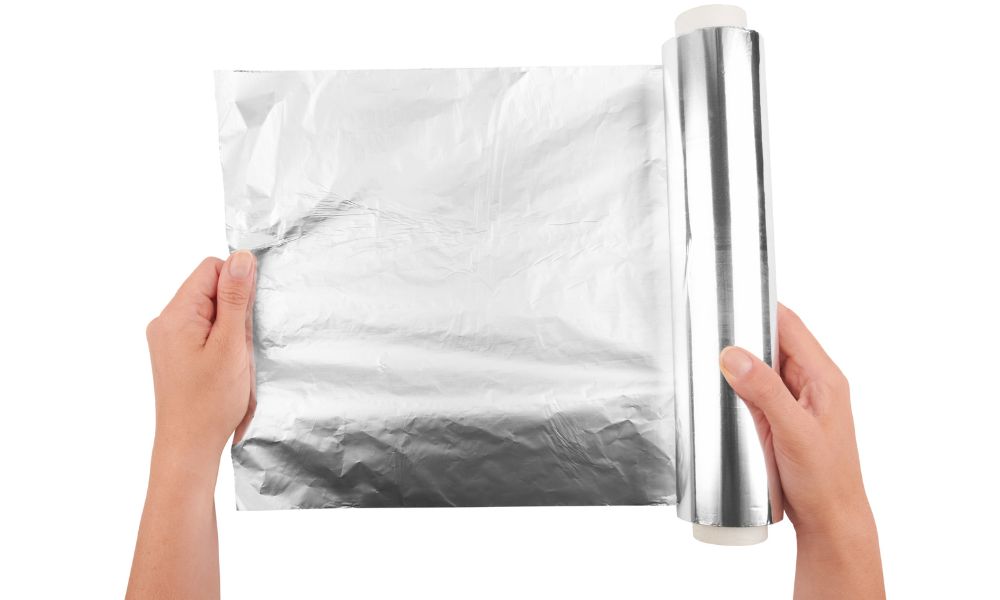
This method works great for homemade Queso. It is the most inexpensive method to store Queso. Also, it is suitable only if you plan to use Queso the next day and not store it for long.
Step 1- Place the Queso in an aluminum foil and fold it tightly.
Step 2- Keep the foil package in the veggies section of the refrigerator with a temperature set below 40°F (4°C)
This method will work when storing Queso in its pure form. If it is already part of a recipe or has other ingredients, do not use this method.
Method 2- Using airtight container
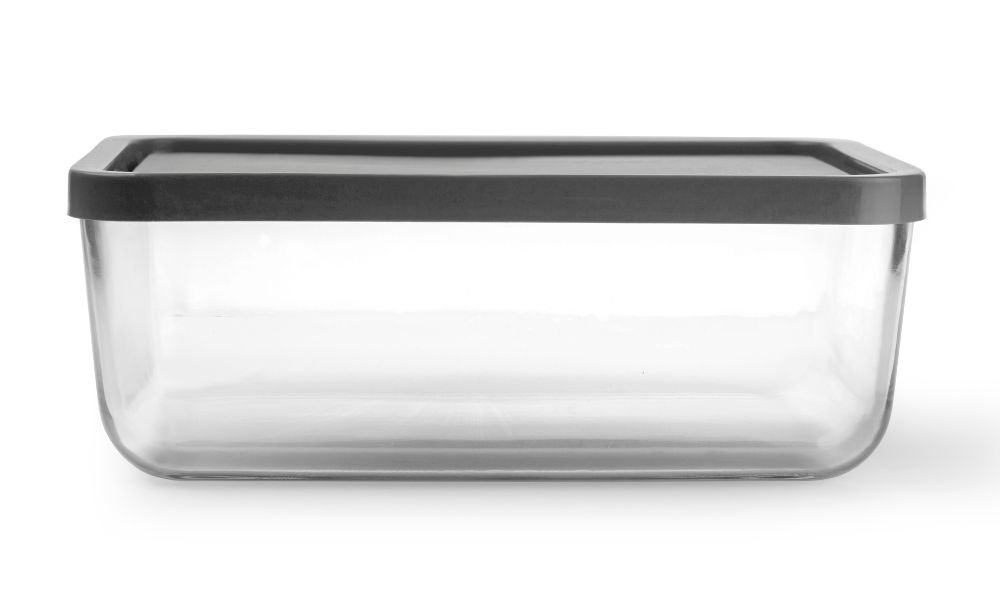
Replace the aluminum foil with an airtight container to maximize the shelf life up to the limit listed in the table above. Airtight containers work great even when trying to store store-bought or canned Queso. In that case, remove it from the plastic container or can, put it into an airtight container, and follow the two steps highlighted above.
Method 3- Vacuum sealing

When you vacuum seal a hard cheese, you can store it for up to 4 to 8 months. However, Queso being a soft one can be stored only for a couple of weeks extra than its usual shelf life when vacuum sealed.
Before I share the method, remember that it is only viable when dealing with Queso in bulk, like in Mexican restaurants. You will need a vacuum sealer (we recommend Potane Vacuum Sealer Machine because it has a soft mode and comes with seal bags) to accomplish this procedure.
Step 1- Dab queso on a paper towel to remove extra moisture.
Step 2- Wrap it in parchment paper and vacuum sealing bags. The parchment paper will further absorb the moisture.
Step 3- Use your vacuum sealer’s moist or delicate mode to seal Queso. In case, your sealer has a preset mode for cheese, use that it.
Step 4- Place the entire bag in the fridge and ensure the temperature is below 40°F (4°C).
That’s it!
This method works great if you want to eat queso fresco after a couple of weeks or so. It is also ideal to store dishes like nacho cheese rather than Queso.
To store it even longer, freeze queso fresco (or any other queso variant) which makes it last two months.
Caution- Freezing does change the texture of Queso but increases its shelf life.
How can I know if Queso is bad?
Knowing how to store leftover queso is not enough. Equally important is to know if queso cheese has gone bad.
- Sunken cheese
Sunken cheese indicates that mold might have started growing. Even if you aren’t able to detect any green or white spots, sinking means that it is best to discard this Mexican cheese.
- Mold growth
Green or white spots on the cheese indicate mold growth. This sign is universal across cheese and cheese byproducts like leftover cheese dip, Tostitos Queso, or any other dairy based dip. Once you notice any of them consuming homemade cheese or store-bought one is a strict no.
- Sour smell
Most queso variants have milky-odor. The byproducts might have an aroma depending on their ingredients, but the cheese does not. Consequently, if you notice any sour smell in the cheese or the byproducts, especially when dealing with something like leftover restaurant queso Blanco, it indicates that the Mexican cheese has gone bad.
- Slimy texture
A slimy texture over queso fresco cheese or any other variant indicates that it is not fit for consumption. Ideally, when you touch it, it should have a creamy texture.
- Sour taste
A sour or rancid taste indicates that queso is not fit for consumption.
Tips to follow while refrigerating queso
Even though I have highlighted the exact step-by-step procedure to refrigerate queso above, there are a few additional tips to follow.
1. Avoid plastic wrap
It is best to avoid plastic wrap while refrigerating queso. That is because it is common for queso fresco cheese to shed some moisture during refrigeration. Plastic wrap won’t absorb this moisture and will turn queso into a watery mess.
2. Label the date
Before you put the airtight container/freezer bag/aluminum foil into the refrigerator, label the date of packaging. So, you will know by when you should consume the same.
3. Store in the vegetable drawer
It is best to refrigerate queso in the vegetable drawer. The temperature should be set below 40°F (4°C).
Does queso change when stored in the fridge?
Yes, queso changes when stored in the fridge, especially for more than 24 hours. The two most distinct changes include-
• The water contained inside will convert into icicles and change the texture.
• It is common for queso to lose water during refrigeration and harden.
However, if you reheat it correctly, you can reverse these changes.
How to use queso after refrigeration?
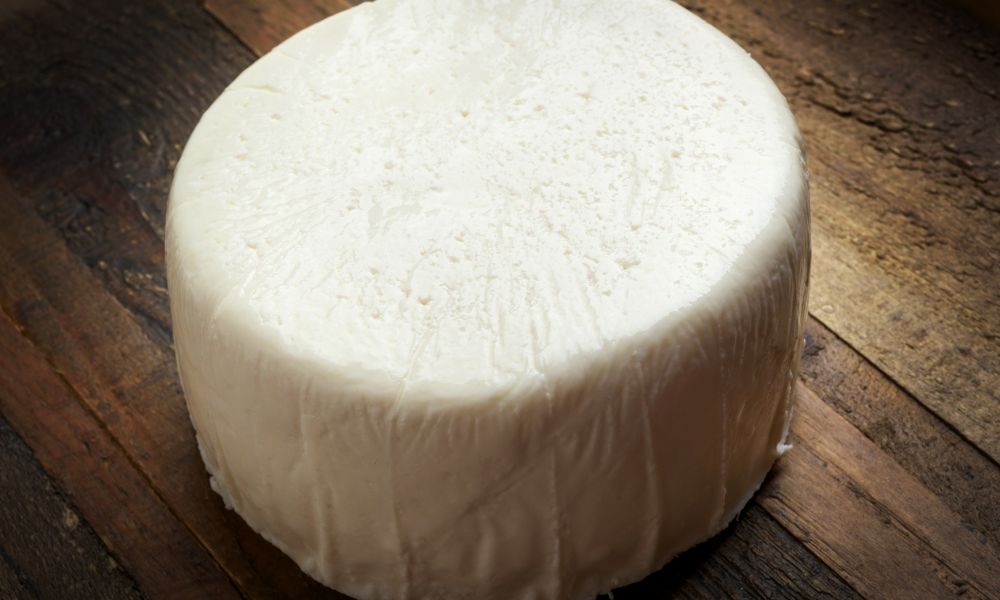
It is easy to use queso after refrigeration. The steps include-
Step 1– Extract it from the refrigerator and the container/aluminum foil and expose it to room temperature for 15 minutes.
Step 2– Drain off excess water after 15 minutes and use it in the recipe as you please.
However, if you’re dealing with queso dip, heat it to return to room temperature sooner. Otherwise, you might have to wait hours to bring it to the right temperature. The procedure to heat queso dips is as follows-
Step 1– Pull the queso dip from the refrigerator and put it into a microwave-safe container.
Step 2– Add some milk to the dip in a limited quantity of milk so that the density does not change much.
Step 3– Set the microwave to 180°F or 82.22°C and heat the dip for thirty seconds.
Step 4– Stir the dip every thirty seconds to avoid burning it. Use a microwave safe spoon and mitten while doing so.
Step 5– Repeat this process for three cycles; the queso should be at the proper temperature for consumption.
Before you ask, you can only heat queso dip once or twice. Reheating it again and again in a microwave will increase bacterial growth and make it unfit for consumption.
FAQs
Can I eat queso that’s been left out?
Yes, you can eat queso that’s been left out only if it has been at room temperature for less than two hours. The two-hour limitation is for any other type of cheese, like mozzarella cheese, cheddar cheese, etc. The same is true when it is used in Mexican food.
How long is queso made with Velveeta cheese good for?
Queso made with Velveeta cheese dip is good at room temperature for 2 hours and 3 to 5 days in the fridge.
What is the best method to melt queso cheese?
The procedure to melt queso cheese after refrigerating it is simple.
Step 1- Place a saucepan on the burner at the lowest heat settings.
Step 2- Move the queso cheese from the bag/parchment/airtight container to the saucepan and heat it for 10 minutes.
Step 3- Ensure you consistently stir the cheese during those 10 minutes to prevent it from burning and provide it with even heat.
Thus if you, like me, love melting queso, it is the way to do it right.
Can you put the queso back in the fridge?
Yes, you can put queso back in the fridge if it was out for less than 2 hours. Before doing so, sniff it to ensure there is no foul odor.
